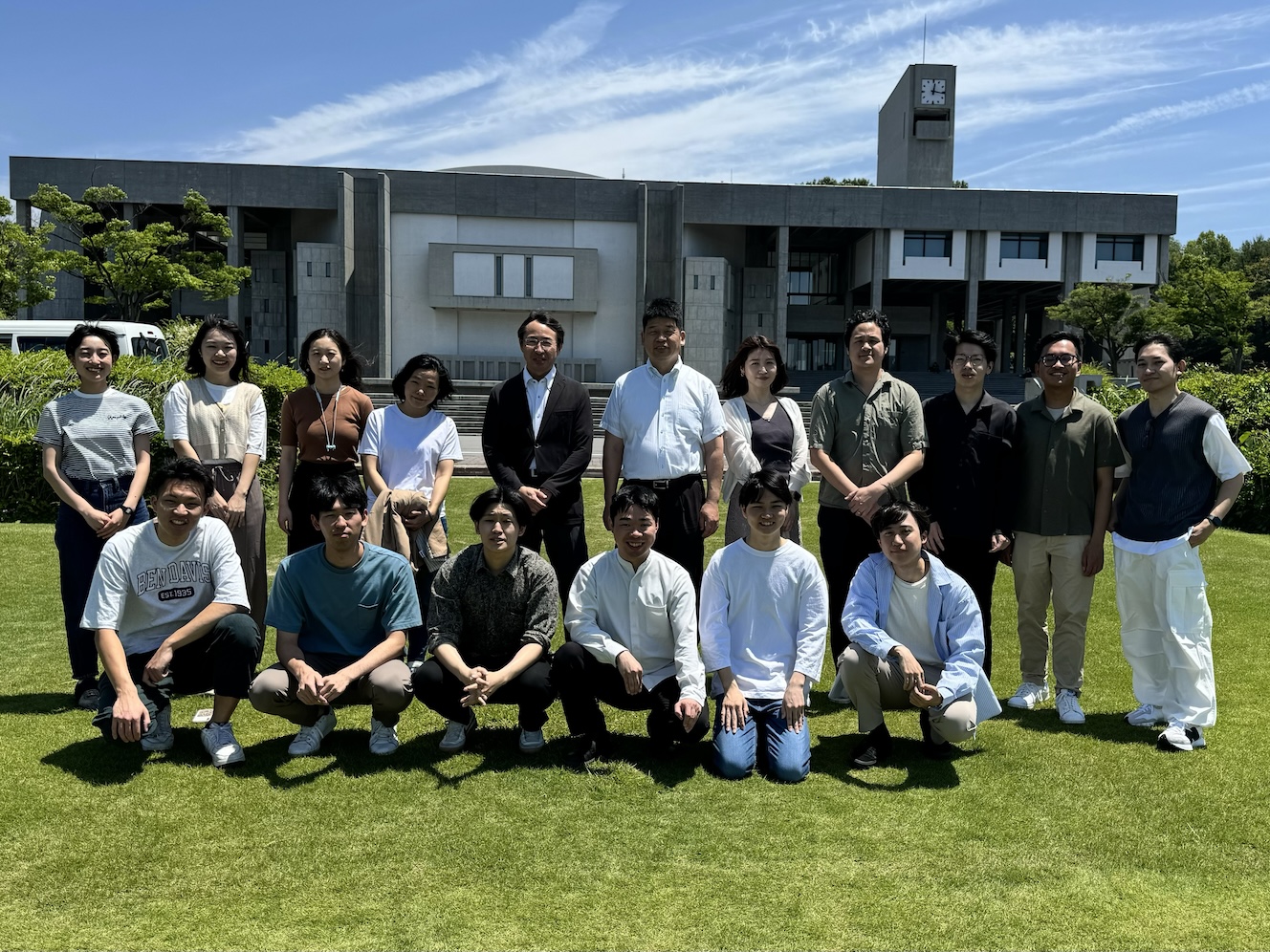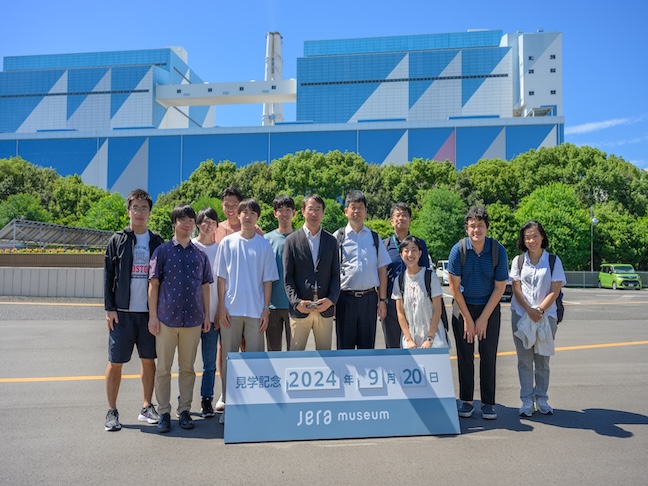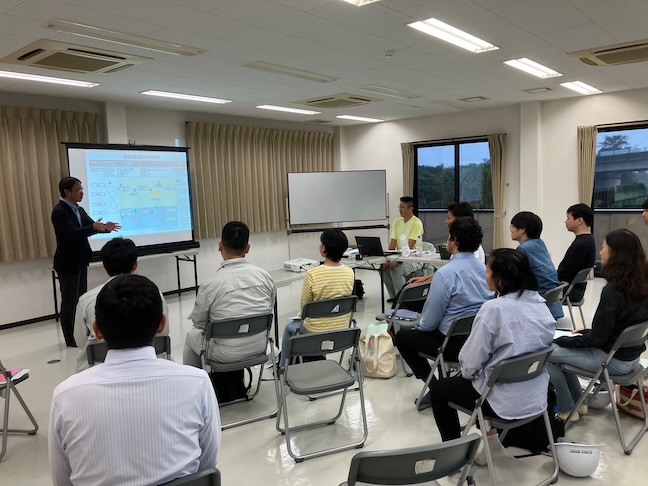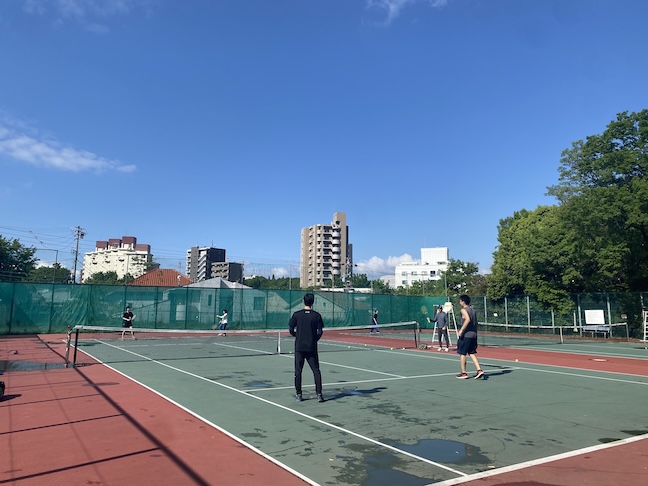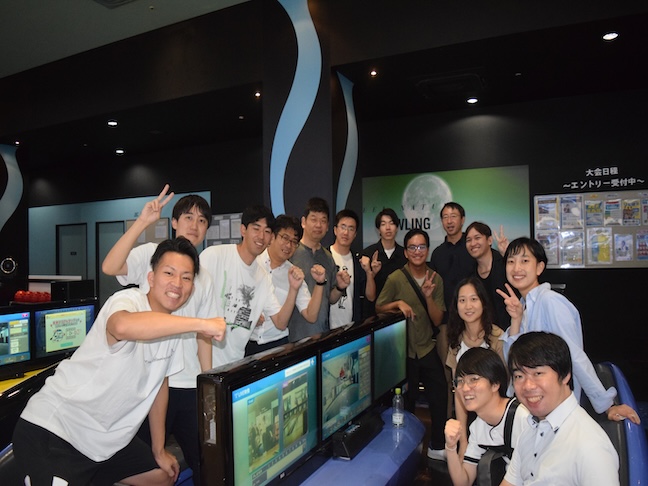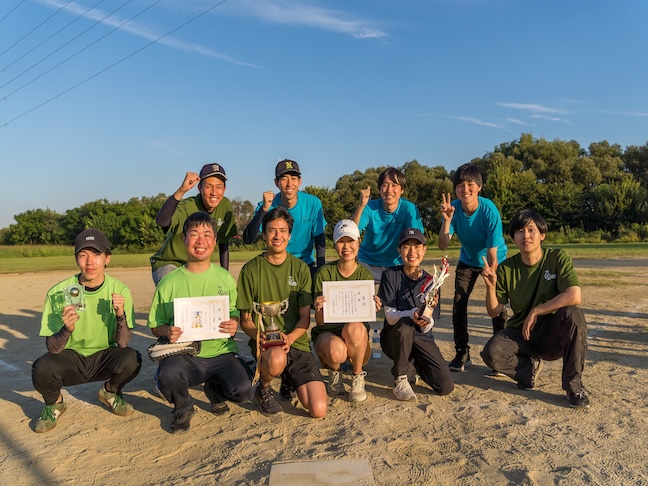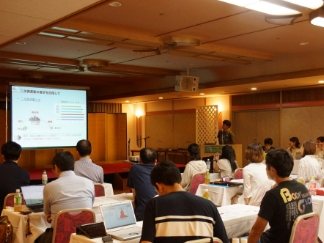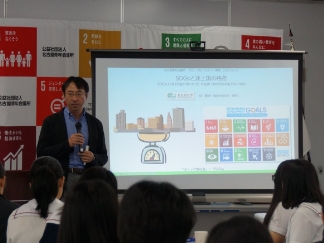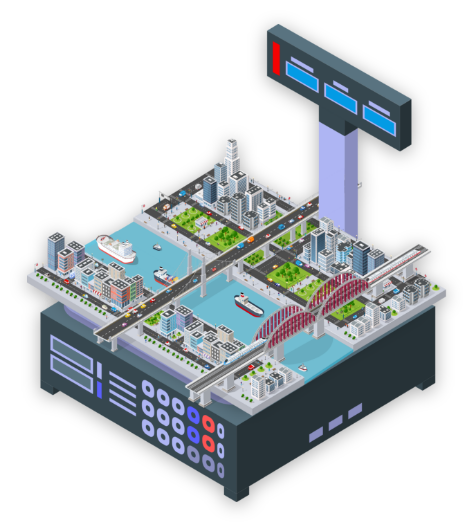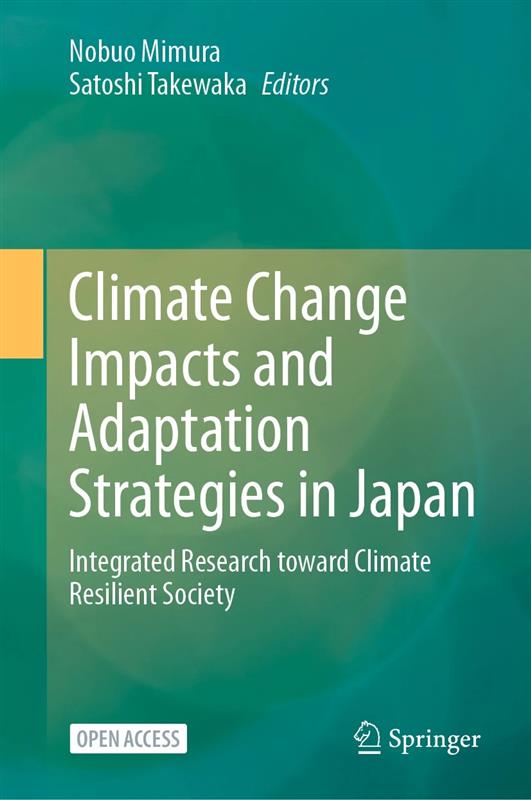About Us Introduction: The total weight of human activity
Since 1998, the Tanikawa Laboratory in Nagoya University is estimating and evaluating the weight of human activity, and particularly attempting to elucidate how much material has been used in industrial processes.
The physical weight of industrial life is reflected in buildings, roads, cars, furniture and other durable materials which provide crucial services to our society. This is the material stock of Society, which requires constant inflows of material from the Environment, and produces outflow wastes as well.
Reducing the accumulated weight and improving the efficiency of the stock we already have are vital to achieving a more sustainable society.
Socio-economic Metabolism
Just like living creatures’ metabolism, human society consumes materials from the environment and eventually discharges them back as wastes and emissions. Using this body analogy, societies can be said to have social metabolic profiles based on the amounts of inflows, outflows and the efficiency of the usage of materials. The Tanikawa Laboratory focuses on Multi-scale Material Stock Analysis with regard to heavy anthropogenic disturbance, on the national, regional, and city scales.
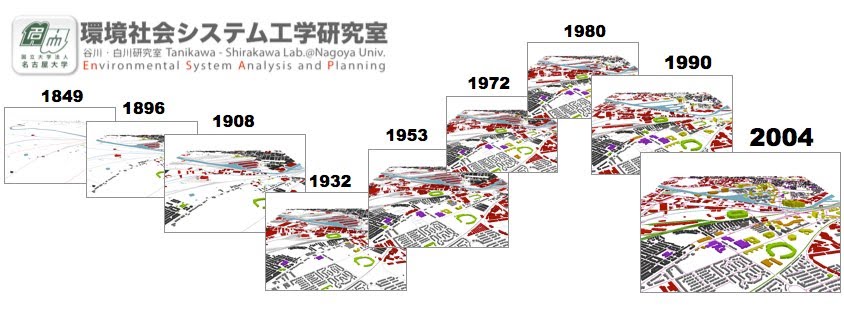
City Scale Analysis
City-scale material stock analysis is especially relevant to our everyday lives. Through this research, people can see how much material supports their lives, and city planners can recognize which areas have bigger metabolism.
The Tanikawa Lab has been using 4D-GIS (four dimensional geographical information systems) to analyse material stocks and local metabolism (for example, Tanikawa and Hashimoto, 2009). This study clarified material accumulation by vertical location, such as above and below ground, from the viewpoint of recyclability. By estimating the demolition curve, the life span of buildings in an urban area was found to be shorter than the national averages in both Japan and the UK. This paper also showed that in the Wakayama City centre in Japan in 2004, 47% of total construction material was stocked in underground infrastructure.
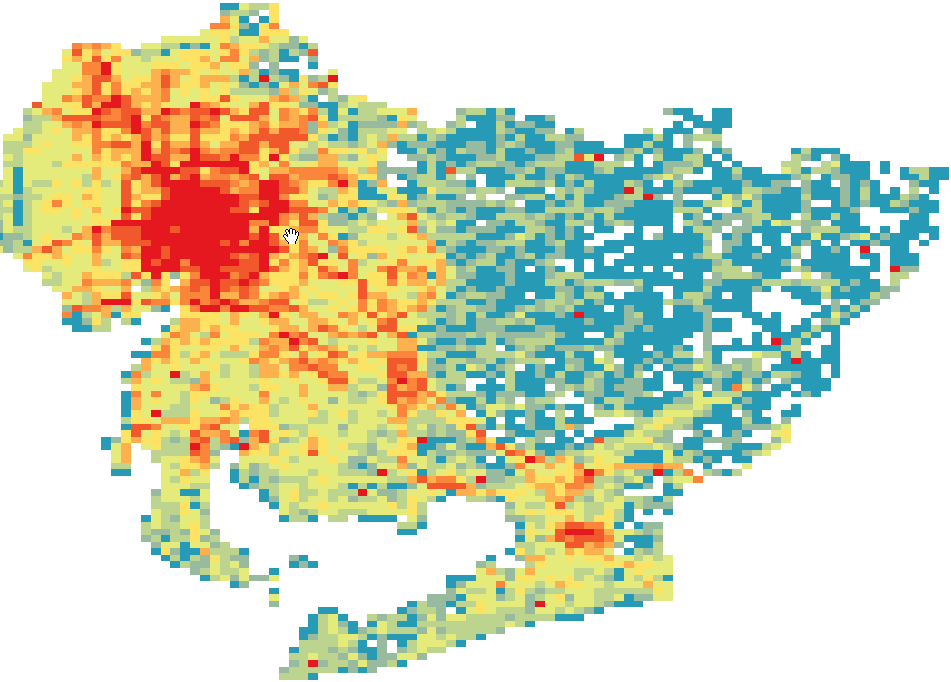
Regional, National, and Global scale Analysis
On the national scale, decision makers require economy-wide material stock accounts in order to understand past trends of material stock development and to plan for the future. Our lab measures and creates models and scenarios of material accumulation (such as Fishman et al. 2014) in search of the great question: can countries reach material stock saturation, a sustainable state in which economic development is de-coupled from physical development?
On the other hand, developing countries need to consume more materials to keep improving their citizens’ quality of life. This is leading to increased energy and material flows, and GHG emissions. Material stock analyses are also being performed for developing countries, especially China (for example Feng Shi et al. 2012). The Tanikawa Lab evaluates possibilities for ‘dematerialization’ and ‘decarbonization’ in developing countries. The researchers forecast future steel and cement demand and related resource consumption and CO2 emissions for building and transportation infrastructure, based on a material flow analysis of China. In the picture: the material stock of infrastructure in Nagoya and Aichi prefecture.
Disaster planning and management
Material stock and flow analysis is also useful for understanding disasters which seriously damage cities, such as the earthquake that occurred on 11 March 2011 in Japan (see Tanikawa et al. 2014). Material stock estimates include volumes of accumulated materials in cities, so material stocks in damaged areas are similar to the volume of rubble which would need treatment and transfer. These amounts of material stocks in damaged areas also indicate the quantities of material necessary to reconstruct the affected areas, to enable a return to previous levels of local human activity. In the picture: a simulation of inundation of buildings by tsunami, modeled using ArcGIS and viewed in Google Earth.
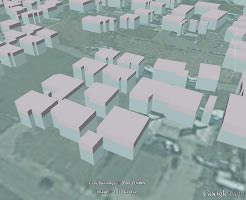
And more…
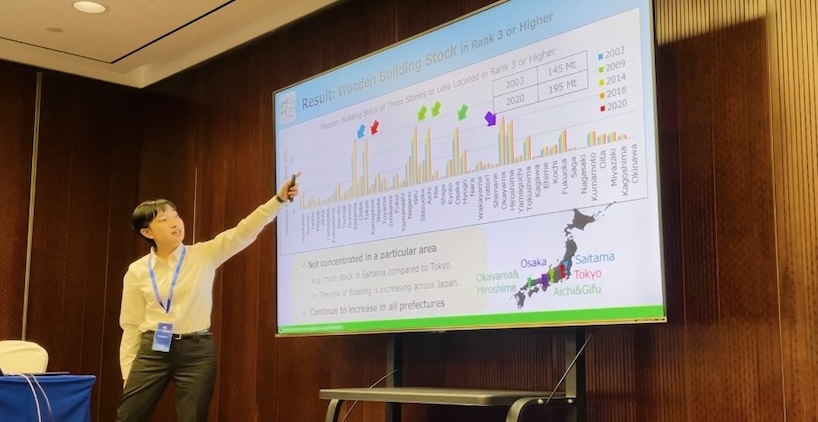
- Investigate the critical issues at the meeting point of society, engineering, economics, and environment: industrial ecology.
- Groundbreaking research using methods such as remote sensing, statistical modeling, systems dynamics, input-output (IO), human time.
- Collaborations with other leading experts and institutions in Japan and abroad.
- Our members participate in many domestic and international conferences and workshops every year, in oral presentations, poster sessions, and panels.
- Our master and doctor students are eligible to take part in the Nagoya University Global Environmental Leaders Program (NUGELP).
- Internship options in institutes and companies.
- and much much more!
For more information about our activities, be sure to check our news, events, and Facebook pages!
(adapted and updated from the ISIE-SEM News site)
Research Projects:
- 2020-24fy
-
Projection of Climate Change Impacts on Quality of Life (QoL) of People and Their Associated Infrastructure and Local Industries and Evaluation of Adaptation Options
funded by the Ministry of Environment - 2021-26fy
-
Development of Regional Planning System of Green Innovation for a Decarbonized Society and Establishment of Social Implementation Network through Regional Coalition Action
funded by Ministry of Education, Culture, Sports, Science and Technology - 2022-32fy
-
セキュアでユビキタスな資源・エネルギー共創拠点
funded by Japan Science and Technology Agency - 2023-27fy
-
Elucidation of the Geographic Distribution and Dynamics of the Material Stock that Supports Human Activities Around the World
funded by The Japan Society for the Promotion of Science(Grant-in-Aid for Scientific Research (A)) - 2023-25fy
-
二次電池の資源循環に関する研究
Joint Research with Toyota Central R&D Labs, Ritsumeikan University, and Nagoya University(funded by Toyota Central R&D Labs)
Books
Climate Change Impacts and Adaptation Strategies in Japan
Integrated Research toward Climate Resilient Society
A book featuring Professor Tanikawa as an author has been published. It covers topics related to climate change and human life. Since it is open access, anyone can read it. Please check it out from the link above:
Movies 次世代(Next Generation) Channel “What are construction stock and urban stock? Approaching a decarbonized society from a new perspective”
【Part 1】
【Part 2】
Nagoya University Homecoming Day 2022 The Forefront of Global Environmental Research “Net-zero Carbon Cities with Stock-type Society”
